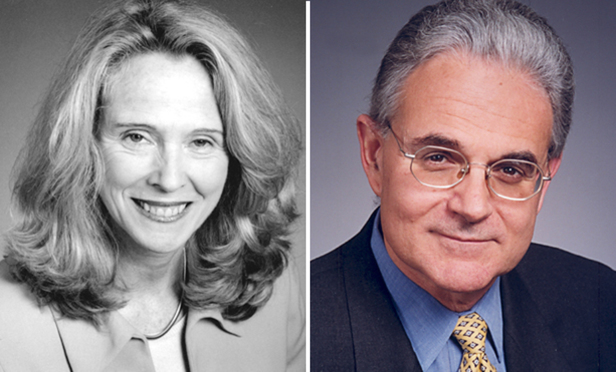‘Most people are free to buy and sell stock on the bases of valuable private knowledge without informing their trading partners. Strangers transact in markets all the time using private information that might be called ‘material’ and, unless one has a duty to disclose, both may keep their counsel.” Jordan v. Duff and Phelps, 815 F.2d 429, 435 (7th Cir. 1987), citing Dirks v. SEC, 463 U.S. 646, 653-54 (1983) and Chiarella v. United States, 445 U.S. 222, 227-35 (1980) (emphasis added). However, the Supreme Court made clear in Chiarella that an insider must either disclose material non-public information or refrain from trading in the stock and that the duty to disclose or abstain may arise from “a fiduciary or other similar relation of trust and confidence.” 445 U.S. at 228.
As Justice Felix Frankfurter remarked in S.E.C. v. Chenery, 318 U.S. 80, 85-86 (1943), “[t]o say that a man is a fiduciary only begins the analysis; it gives direction to further inquiry. To whom is he a fiduciary? What obligations does he owe as a fiduciary? In what respect has he failed to discharge those obligations? And what are the consequences of his deviation from duty.” Accordingly, there is a “need for clarity as to what duty is involved and what its requirements are.” United States v. Whitman, 904 F.Supp.2d 363, 368 (S.D.N.Y. 2012) (Rakoff, J.)



